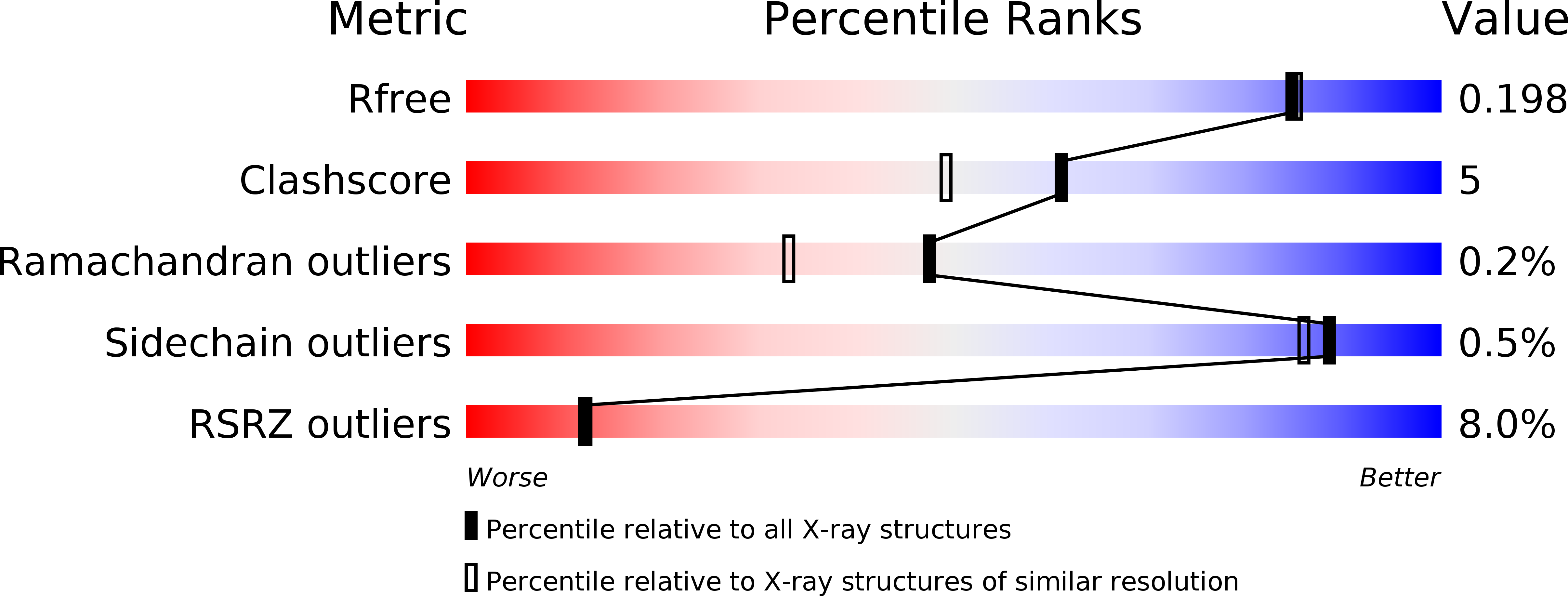
Deposition Date
2016-08-19
Release Date
2017-02-01
Last Version Date
2024-01-17
Entry Detail
PDB ID:
5LRT
Keywords:
Title:
Structure of the Deamidase-Depupylase Dop of the Prokaryotic Ubiquitin-like Modification Pathway in Complex with ADP and Phosphate
Biological Source:
Source Organism:
Host Organism:
Method Details:
Experimental Method:
Resolution:
1.85 Å
R-Value Free:
0.19
R-Value Work:
0.16
R-Value Observed:
0.16
Space Group:
P 31 2 1


